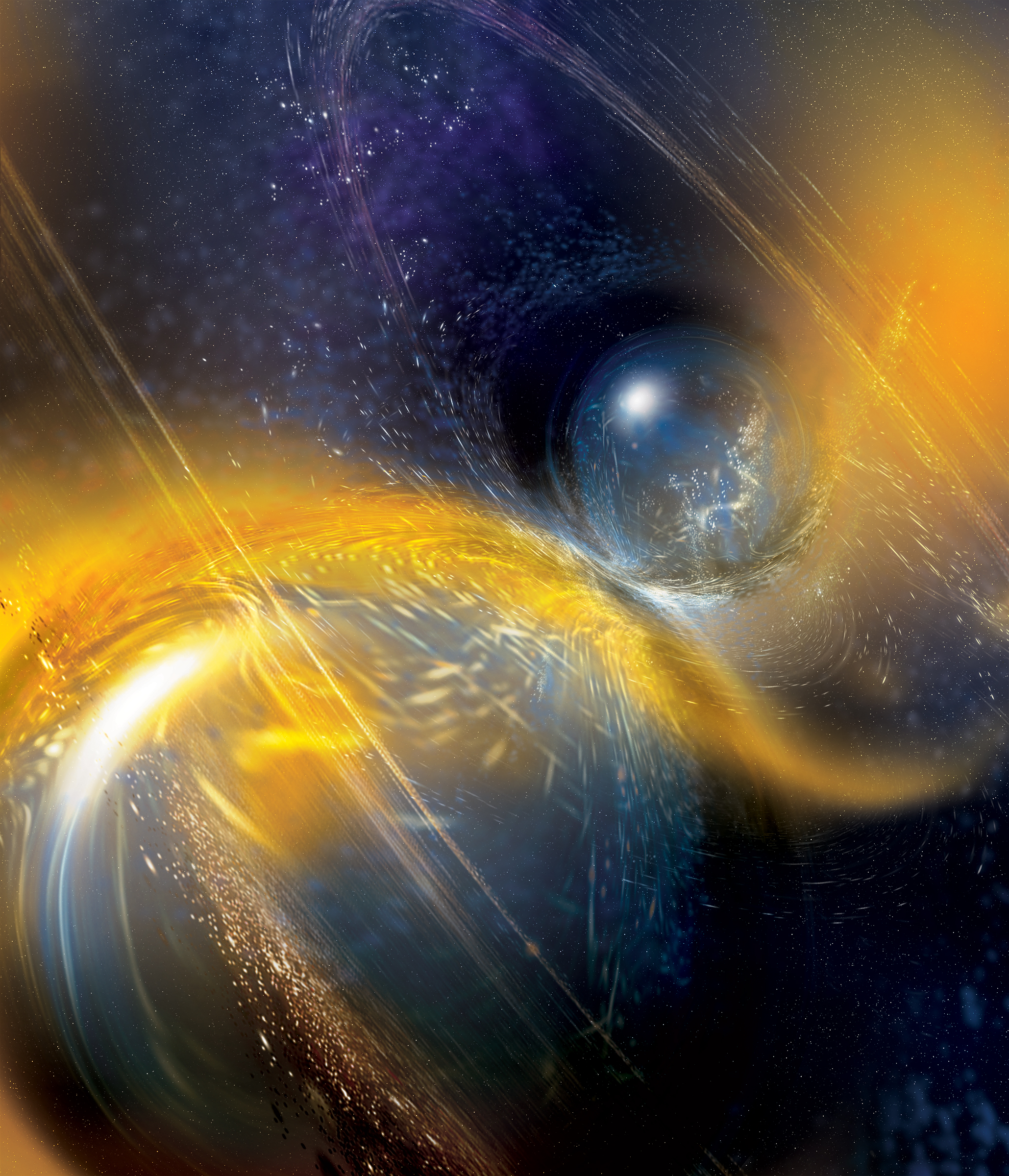More gravitational waves have been spotted from another neutron star smash

Gravitational waves have been spotted following another collision between two neutron stars, it has been announced. This is only the second ever observation of signals from this type of event—and we're still missing some details.
Can you remind me what gravitational waves are? They are the ripples in spacetime created when massive objects move through space, pulling and stretching it around them. They were predicted by Einstein's theory of general relativity and were first detected by the Laser Interferometer Gravitational-Wave Observatory (LIGO) in 2016. Since then, the observatory has detected 50 events—but some are more interesting than others.
What happened this time? These latest gravitational waves were detected last year by the interferometer at LIGO’s Livingston Observatory in Louisiana, scientists told the meeting of the American Astronomical Society in Honolulu, Hawaii, on January 5. LIGO’s other interferometer, located at the Hanover Observatory in Washington, was offline at the time. The European Virgo detector in Italy, which works in collaboration with LIGO, also failed to pick up on the same gravitational waves.
The findings have been submitted to The Astrophysical Journal Letters. If they are accepted, it will be the first time gravitational wave findings have been published based solely on one instrument’s detection.
The crash: So far, we know that the neutron star merger occurred more than 500 million light-years away. Scientists have constrained the crash to a patch that makes up about 20% of the sky.
Until now, the only binary neutron star systems that have been detected have had total masses no bigger than 2.9 times that of our sun. The LIGO data, however, suggests the combined mass of the merger is about 3.4 times the sun's mass. This raises a slight possibility we’re looking at a neutron star colliding with a black hole, but for this to be the case, the black hole would have to be unusually small, and that doesn’t fit the data profile so far. Instead, it appears we’re seeing the heaviest neutron star binary to date.
One after another: The first time scientists detected gravitational waves from a neutron star merger was in 2017. Unlike this latest event, that detection was complimented by a flash of light.
Deep Dive
Space
How to safely watch and photograph the total solar eclipse
The solar eclipse this Monday, April 8, will be visible to millions. Here’s how to make the most of your experience.
How scientists are using quantum squeezing to push the limits of their sensors
Fuzziness may rule the quantum realm, but it can be manipulated to our advantage.
The great commercial takeover of low Earth orbit
Axiom Space and other companies are betting they can build private structures to replace the International Space Station.
Stay connected
Get the latest updates from
MIT Technology Review
Discover special offers, top stories, upcoming events, and more.